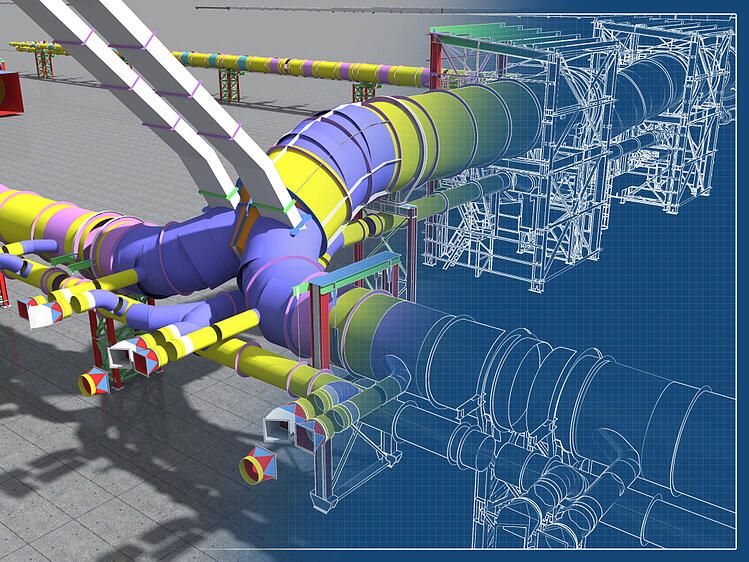The US construction sector has been recovering from COVID-19 and developers are taking advantage of the low interest rates currently available. Unfortunately, supply chain disruptions have caused material shortages and, as a result, their prices are rising dramatically. This threatens to slow down construction projects and they could face excessive costs.
Developers and contractors can use BIM Modeling and other engineering technologies to manage construction materials more efficiently. Construction projects can be optimized to reduce material usage and clash detection can be used to avoid change orders. The technology also allows for a faster design and approval process, and materials can be purchased in advance to avoid additional price increases.
Save materials and labor on your construction projects with Building Information Modeling.
Construction material prices are expected to continue to rise in 2021 unless supply can keep up with demand. To mitigate the impact of rising prices, contractors must use materials as efficiently as possible in their construction projects.
1) BIM can optimize the use of materials in construction projects

Designing the ideal layout for MEP Installations is challenging, especially when there are many components sharing small spaces. However, modern design software can generate accurate 3D models and engineers can identify savings opportunities that are not evident in 2D.
Generally, the most expensive MEP components are large pieces of equipment like refrigerators and boilers . However, distribution systems that connect equipment can also be expensive, especially if their layout is not carefully planned.
- This applies to components such as electrical conduits, wiring, hydronic tubes, air ducts, refrigerant lines, plumbing, and cable trays.
- Optimizing these installations in 2D space is very difficult, but modern design software simplifies the task with 3D models.
Using BIM, engineers can quickly analyze the cost impact of multiple design alternatives, finding the option that minimizes material and labor costs. BIM also automates the removal of materials and quantities can be accurately known before starting the construction phase.
2) Rapid design and approval enables advance material purchases

The software speeds up the design process and projects are approved more quickly by construction departments when experienced MEP engineers are at the helm. This also helps developers and contractors save on materials, especially when prices are rising quickly:
- Because the approved design is quickly available, developers and contractors have early access to an accurate bill of materials.
- Procurement can also begin earlier and contractors can prioritize materials that are more likely to experience shortages or price increases.
On the other hand, when the pre-construction phase is slow, contractors must wait longer before they can accurately purchase materials. It is most likely that the project will be slowed by a shortage of materials and its total cost will continue to increase along with material prices.
Software reduces the man hours required to complete a construction project, but the engineering firm's experience is also critical. Building codes change by state and city, they are updated at regular intervals, and there may be local laws with additional requirements that are not covered by the codes. MEP engineers must be familiar with all of these requirements so that projects can be approved quickly, regardless of the software used.
3) Software conflict detection eliminates change orders

Change orders disrupt construction projects and cause wasted materials when work needs to be repeated. However, modern design software can also be used to avoid change orders.
Software packages like Revit have conflict detection functions, which means they can detect overlapping components and specification conflicts. These errors are corrected before reaching the construction phase, where they would normally result in change orders.
- A change order can be especially disruptive when it requires scarce materials or when its price is constantly increasing.
- The work involved may become more expensive than initially planned and the entire project may be delayed if there are shortages of essential materials.
Depending on how a construction contract is written, the cost of change orders may be split between owners and contractors, or may be borne entirely by one party. However, someone must assume unplanned costs whenever there is a change order.
Conclusion
There are many ways contractors can use software to manage construction materials more efficiently. The software can be used to optimize material quantities during the design phase without affecting building performance. The design and approval process also becomes faster and materials can be purchased before there are further shortages or price increases. Finally, software can help avoid change orders, which often involve additional materials.

